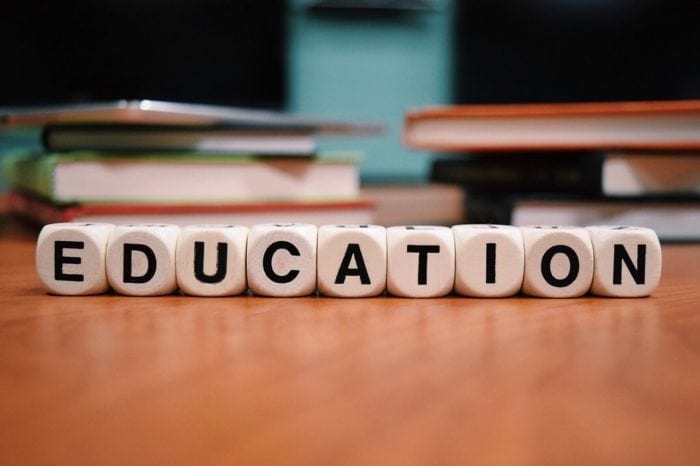The Critical Need For Visual Impairment (VI) Teachers
Published on
Universities across the nation are reporting a dramatic decline in students seeking an education major. Add the lack of college students pursuing a career in teaching to the already significant shortage of teachers in the US, and the crisis is alarming. This shortage has many school districts relaxing criteria to obtain a teaching position like VI teachers.
The need for VI teachers is great
The need for teachers of students with visual impairments, known as TVIs or VI Teachers, is critical. Even though many schools incorporate students with disabilities into traditional classrooms, there is still a need for VI teachers. Over 80% of students with visual impairments are in traditional public schools. Yet, many of those students don’t receive the instruction they need to learn braille code and become literate.
Why are VI teachers important?
The role of a TVI covers several aspects of a student’s educational journey. VI teachers work with students so they can learn to read and write braille. They also can give visual assessments, have input on the Individual Education Plan (IEP), communicate with other teachers, and work on strategies to improve academic and social outcomes.

Why is teaching braille important?
Literacy is important. Without it, you probably would not be reading this right now. Reading and writing braille is literacy for students who have a visual impairment. Schools wouldn’t stop teaching sighted students how to read and write, so why are they not teaching literacy to students with visual impairments?
What about audio and dictation technology? In most cases, teachers use audio and dictation when a student cannot read or write braille. But, auditory learning is not literacy. Sighted students are not considered literate if they use audio and dictation, and neither are students with visual impairments.
While assistive technology that utilizes audio and dictation are a helpful tool for people with visual impairments, it is important to have a choice in how you consume your information. That is why many people with visual impairments like having the option; they get the best of both worlds. And, without TVIs, many people will not have a choice because they are unable to learn braille and become literate.
Make a difference for a student
Good Morning America aired a segment on the need for VI teachers to shine a light on the national shortage, why the services TVIs provide are invaluable, and how, if TVIs are not present, people with blindness and visual impairments are disqualified from being employed.
Cay Holbrook, a professor of TVIs at the University of British Columbia, told Good Morning America, “Sometimes it’s a misunderstanding on the part of sighted people who think why can’t some people just listen to information? We have audiobooks, we have recorded information. But until we stop teaching print reading and writing to children who are sighted, we have no justification for stopping braille reading and writing instruction for students who are blind or visually impaired.” And, TVIs provide that education.
Students who can read and write proficiently have better outcomes financially and professionally than illiterate students. The same is true for students with visual impairment.

Incentives for becoming a VI teacher
Besides making a difference in the life of a child, there are financial incentives to becoming a VI teacher. The Teacher Loan Forgiveness Program and many states are offering additional incentives to fill areas of critical need, like loan forgiveness.
If you are looking to make a difference in the world, think about becoming a VI teacher.
Categorized in: Accessibility, Informational
This post was written by



Comments are closed here.